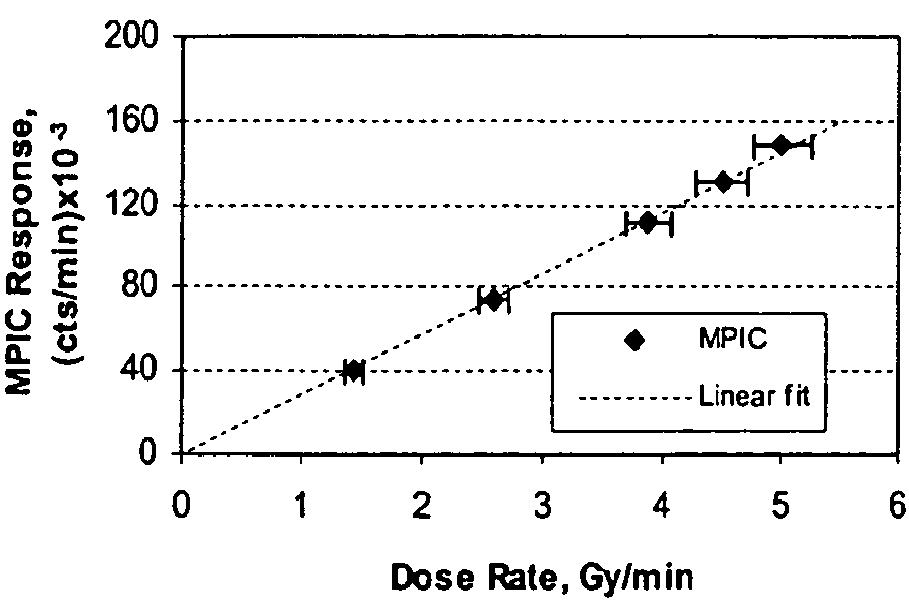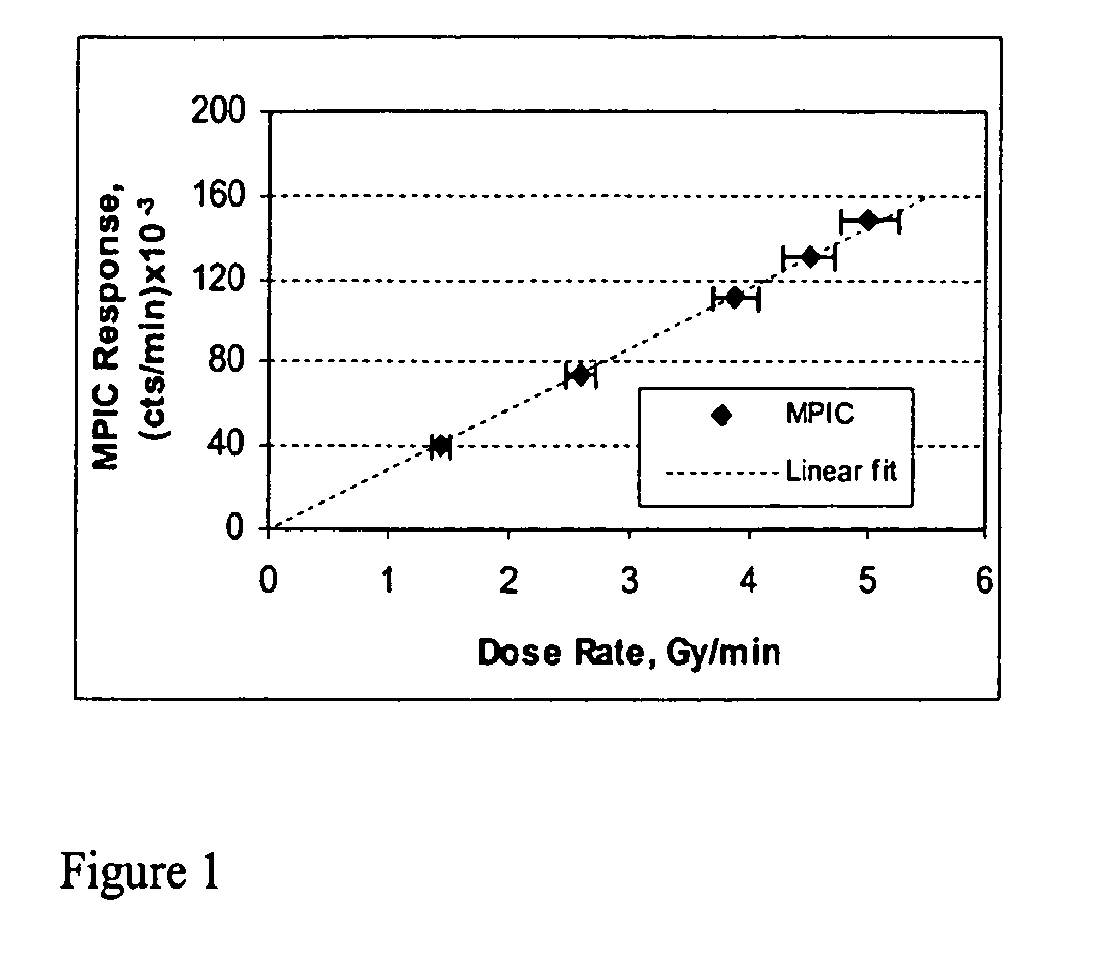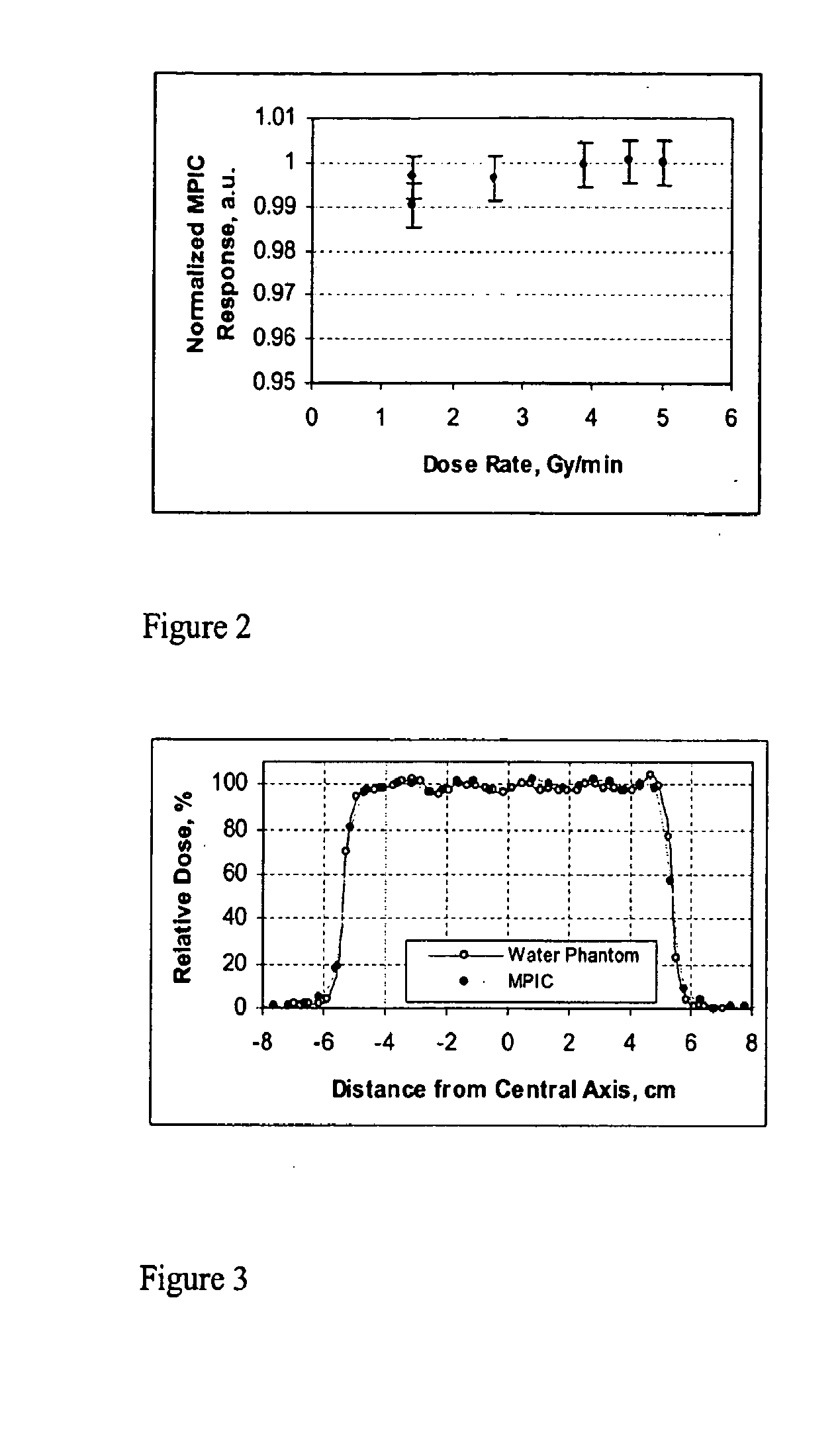Dose profile measurement system for clinical proton fields
a proton beam and dose profile technology, applied in the field of beam profile measurement detectors, can solve the problems that commercial solutions are not known that allow the measurement of depth dose distribution in actively delivered proton beams, and achieve the effects of reducing the number of channels required, and reducing the number of channels
- Summary
- Abstract
- Description
- Claims
- Application Information
AI Technical Summary
Benefits of technology
Problems solved by technology
Method used
Image
Examples
Embodiment Construction
I. Materials and Methods
[0025]For beam commissioning and quality assurance, the two detectors function as a Multi-Pad Ionization Chamber and a Multi-Layer Ionization Chamber. Each detector can be independently positioned at the room isocenter and used for profile measurements, alone, or in combination with water equivalent plastic phantom mounted in front of the detector. Preliminary detector evaluations were conducted in a fixed beam line room with double scattering and range modular wheels. Performance tests were conducted in a room equipped with gantry and active beam delivery technology.
[0026]Beam energy (range) was controlled within ±0.1 mm by a beam delivery system that incorporates a double wedge degrader and a multilayer Faraday cup calibrated against the beam range in water. Beam intensity was controlled at the cyclotron such that an intensity of between 1 and 10 nA would be delivered to the gantry nozzle.
[0027]Depending on the scanning parameters set for a particular field...
PUM
| Property | Measurement | Unit |
|---|---|---|
| thickness | aaaaa | aaaaa |
| distances | aaaaa | aaaaa |
| length | aaaaa | aaaaa |
Abstract
Description
Claims
Application Information
 Login to View More
Login to View More - R&D
- Intellectual Property
- Life Sciences
- Materials
- Tech Scout
- Unparalleled Data Quality
- Higher Quality Content
- 60% Fewer Hallucinations
Browse by: Latest US Patents, China's latest patents, Technical Efficacy Thesaurus, Application Domain, Technology Topic, Popular Technical Reports.
© 2025 PatSnap. All rights reserved.Legal|Privacy policy|Modern Slavery Act Transparency Statement|Sitemap|About US| Contact US: help@patsnap.com



